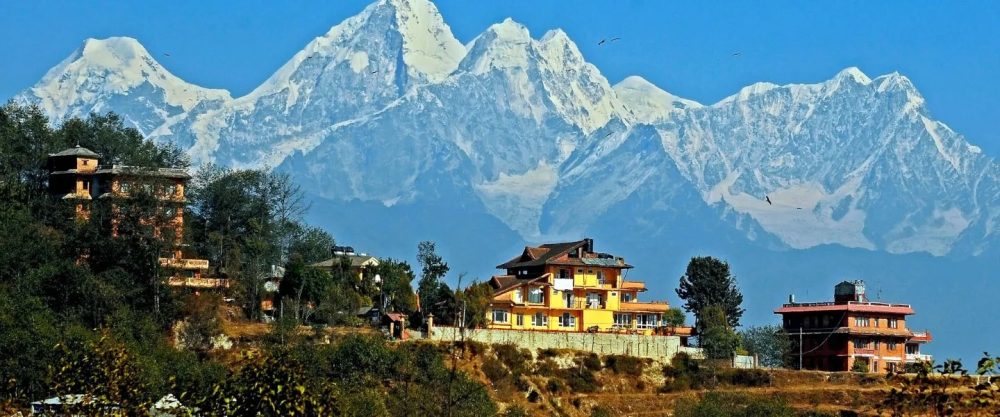

Nestled in the central highlands of Nepal, Nagarkot is a serene hilltop village renowned for its breathtaking Himalayan views, including those of Mount Everest and the Annapurna range. Located approximately 32 kilometers east of Kathmandu, the capital city, Nagarkot offers a tranquil escape from the bustling city life. The history of tourism in Nagarkot is a fascinating journey from an off-the-beaten-path locale to one of Nepal's most sought-after destinations.
Historically, Nagarkot was on the ancient trade route between Kathmandu and Tibet, allowing for the cultural and commercial exchange that was foundational to the region's development. For centuries, it served as a strategic point for watching potential invaders due to its panoramic view of the valley.
Tourism in Nagarkot began to take shape in the 1970s when the area was discovered by backpackers wandering off the traditional tourist circuits. The destination's potential for eco-tourism was recognized due to its rich biodiversity and the spectacular vistas of the Himalayas. The subsequent rise in trekking and mountain viewing activities put Nagarkot on the map as a notable tourist attraction.
Throughout the 1980s and 1990s, Nagarkot experienced significant development, with the establishment of various hotels and resorts catering to different budgets and preferences. The infrastructure improvements made the destination more accessible to both international and domestic tourists. Despite its growth, Nagarkot managed to maintain its charm and the beauty of its natural surroundings.
In recent years, Nagarkot has continued to flourish as a tourism hub, largely due to its proximity to Kathmandu and its reputation as a peaceful retreat. It is a favored spot for those wanting to view sunrises and sunsets over the Himalayas. With a range of activities that include hiking, mountain biking, and paragliding, it offers something for every kind of adventure enthusiast.
Community-based tourism has also gained traction in Nagarkot, with several initiatives that involve local communities in tourism development and promote sustainable practices. These initiatives help preserve the local culture and ensure that tourism growth directly benefits the residents.
Like many destinations worldwide, Nagarkot's tourism was impacted by global events such as the 2015 earthquake in Nepal and the COVID-19 pandemic. However, recovery efforts have been robust and focused on rebuilding better and stronger tourism infrastructure, resilience, and sustainable tourism practices to ensure future growth.
Going forward, the latest trends in tourism in Nagarkot involve community engagement, eco-friendly accommodations, and immersive cultural experiences. The push towards more sustainable tourism echoes a global trend where tourists are increasingly aware of their environmental footprint and seek authenticity in their travel experiences.
In conclusion, Nagarkot's history of tourism reflects a journey of evolution from a quaint hilltop village to a premier Himalayan destination. The future for tourism in Nagarkot looks promising with a focus on sustaining and enriching the community alongside the natural and cultural heritage that makes it such a remarkable place to visit.